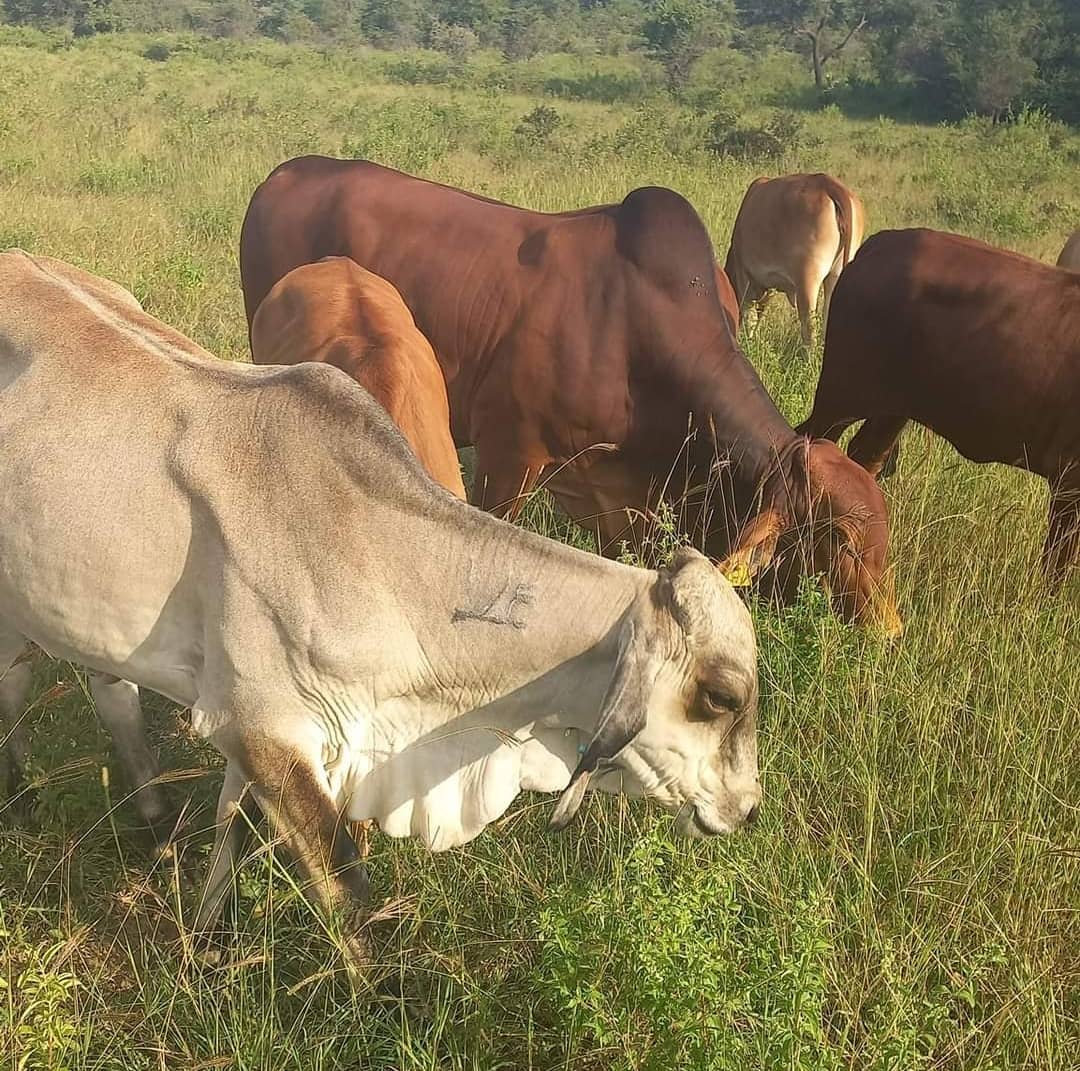Artificial insemination to boost beef production
Share

NYABIRA – THE Government is planning to increase the national cattle herd through
artificial insemination under a programme that will see A1, A2 and commercial
farmers being involved.
Last week, the Government shared modern methods of breeding cattle to improve
beef and meat production in the country. These methods will help both communal
and commercial famers.
The Deputy Minister of Agriculture, Davis Marapira shared some of them during a
farmers’ workshop held in Nyabira at Montana Carswell Farm, Mashonaland West
Province.
“As Government, the first thing we need to do, to increase meat production is to
make sure that we have a reasonable breed of cattle in the country. We create an
environment where breeding is possible. Breeding involves the pedigree female, it
involves the pedigree bull, so the starting point is to have environment that allows
farmers to do breeding.
“Secondly, we sell bulls to our A1, A2 and commercial farmers to make sure that we
have two blood lines in the breeding system, and not only new breeding but quality
cattle.
“We got semen from all over the world, from South Africa, Brazil, America and from
Australia, then the bulls come up our national breeding herd,” said Deputy Minister
Marapira.
There is shortage of cattle breeding herd in Zimbabwe, the number of cattle need to
be increased in line with Vision 2030 of having 11 million head of cattle in Zimbabwe.
“Currently we have 600 000 breeding head of cattle. It is not enough for country like
Zimbabwe. We need to increase our breeding herd to close to 1 million so that we
can have at least 11 million cattle in our country to improve meat production,” said
Marapira.
The Government has a programme to help communal famers, which has affected by
the January disease. It needs to fight the pandemic first, then give communal famers
cattle. The five, four, four programme of dipping cattle five times a month is working
in controlling brown tick.
“The programme is coming up for communal farmers to make sure that all areas
which have been seriously affected by January disease can have cattle. But the first
thing is we cannot go back and give cattle until, we make sure that the problem that
wiped off all cattle from our rural areas is controlled. We have to fight January
disease,” said Marapira.
“We are still working on Cold Storage Company (CSC), but before we even think of
resuscitation of CSC – when CSC was at its highest operating percentage, we had a
population of 9 million cattle, and now we have 5,6 million that means we are not
even able to provide enough cattle for the operations of CSC.”









